Ephydrid fly
 Sun 2018-08-05
Sun 2018-08-05 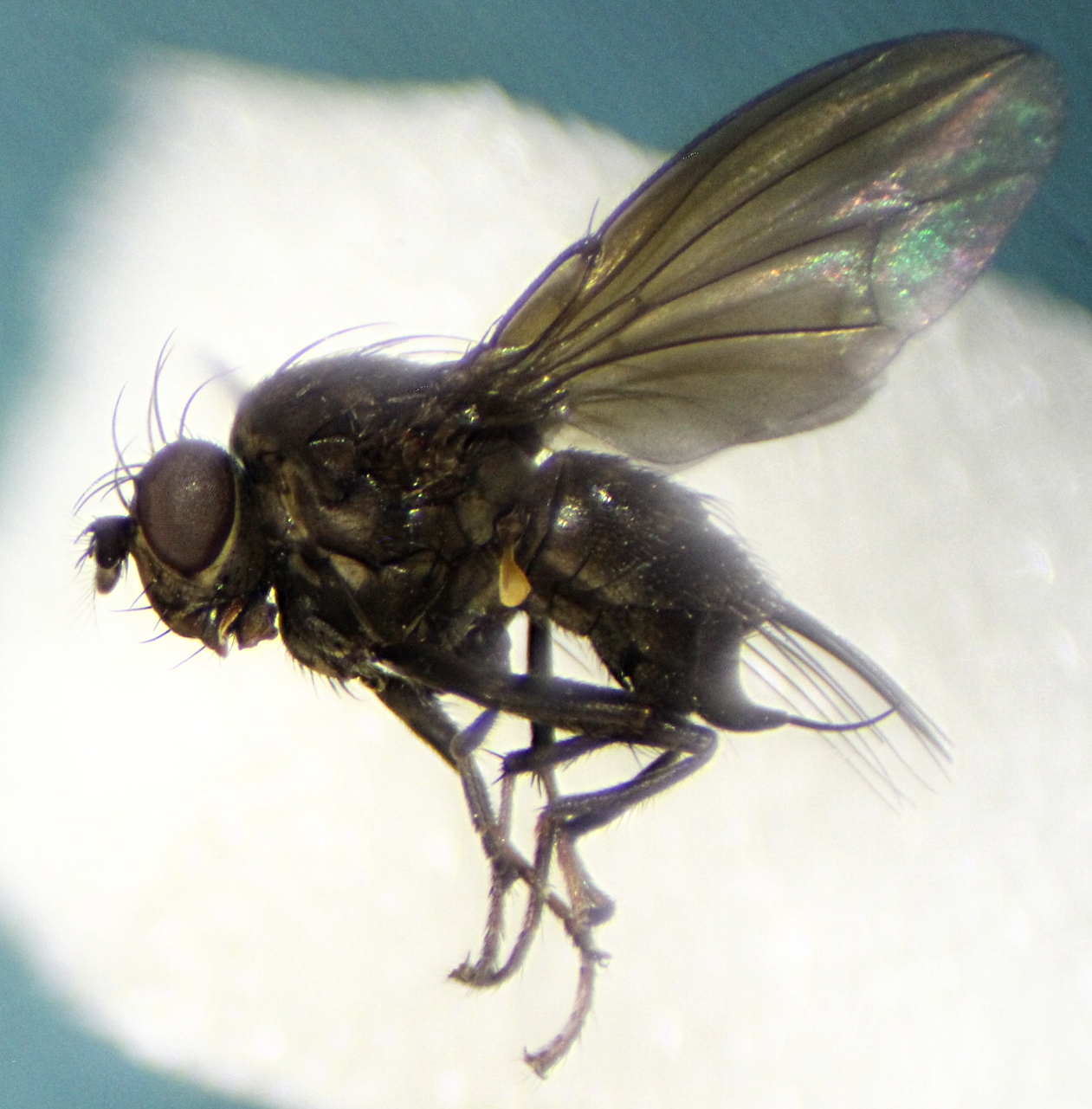
A male Dichaeta caudata (Diptera: Ephydridae) with its rather impressive tail of backward-pointing spines.
Specimen taken in Thames Valley Park, Reading, UK on 2018-08-04.
 Sun 2018-08-05
Sun 2018-08-05 
A male Dichaeta caudata (Diptera: Ephydridae) with its rather impressive tail of backward-pointing spines.
Specimen taken in Thames Valley Park, Reading, UK on 2018-08-04.
 Wed 2018-07-18
Wed 2018-07-18 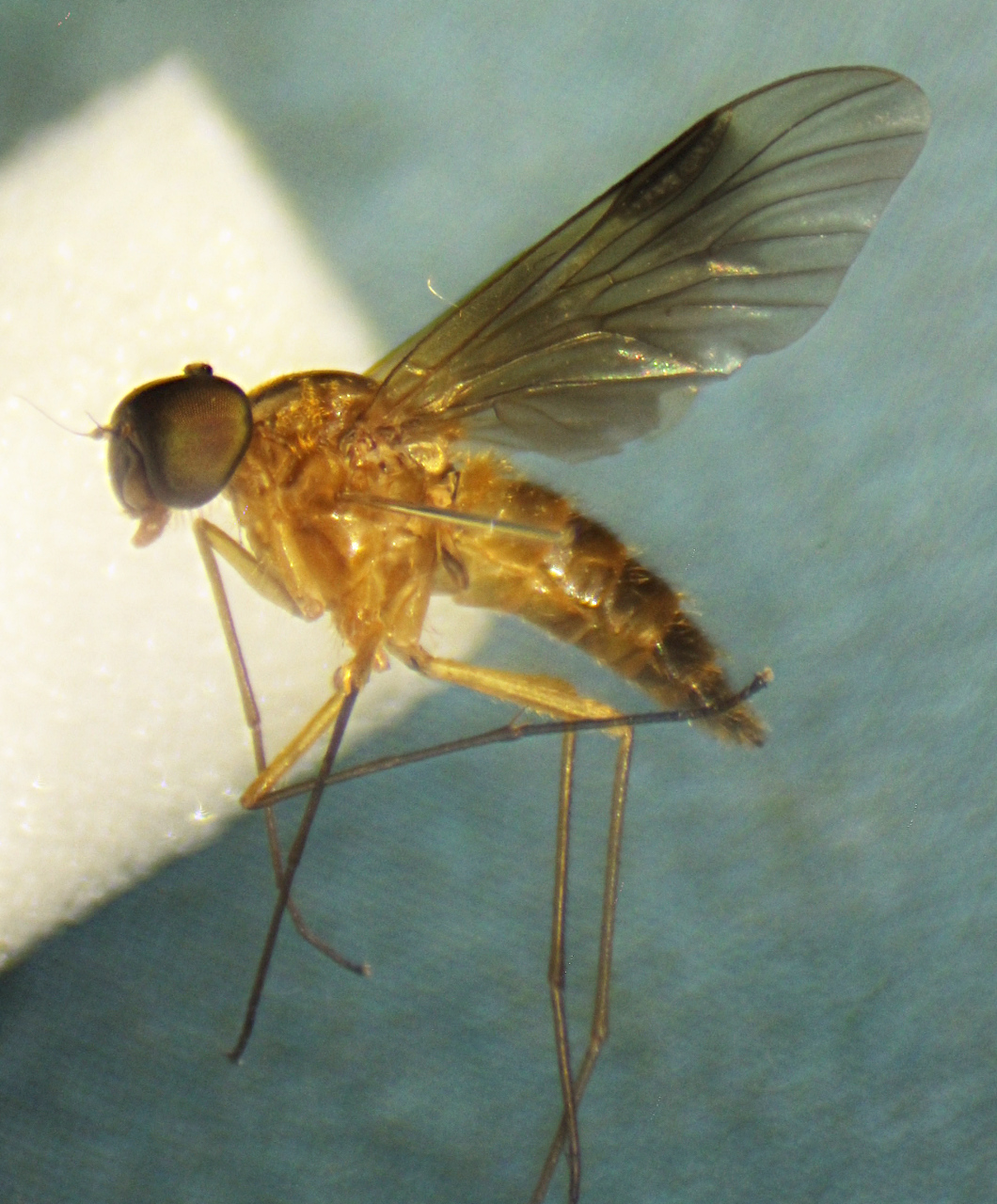
A male Chrysopilus laetus (Diptera: Rhagionidae). Another first for me.
Specimen taken in Whiteknights Park, Reading, UK, on 2018-07-08. Identified using the key of Stubbs & Drake, 2001.
 Sat 2018-07-14
Sat 2018-07-14 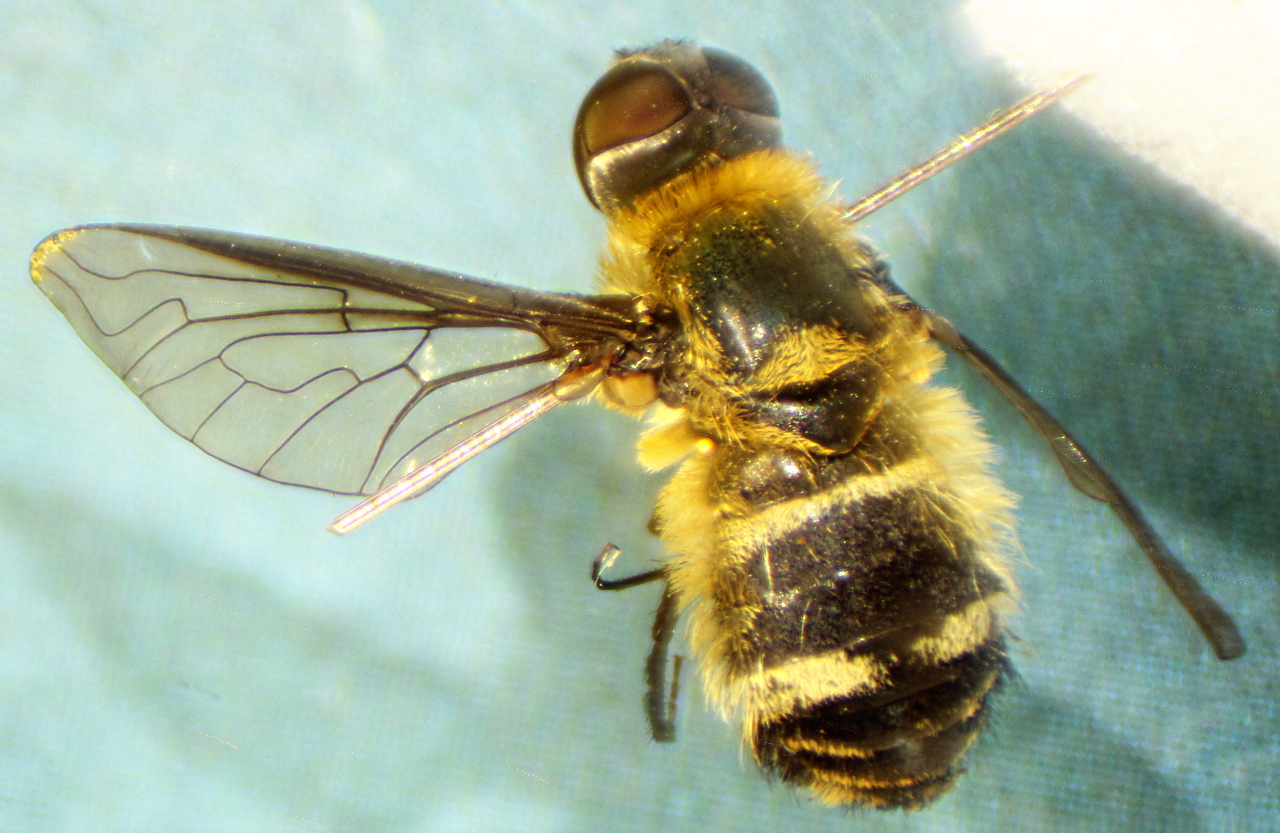
A female Villa cingulata (Diptera: Bombyliidae).
A female because there is a distinct gap between the eyes and the ocellar tubercle:
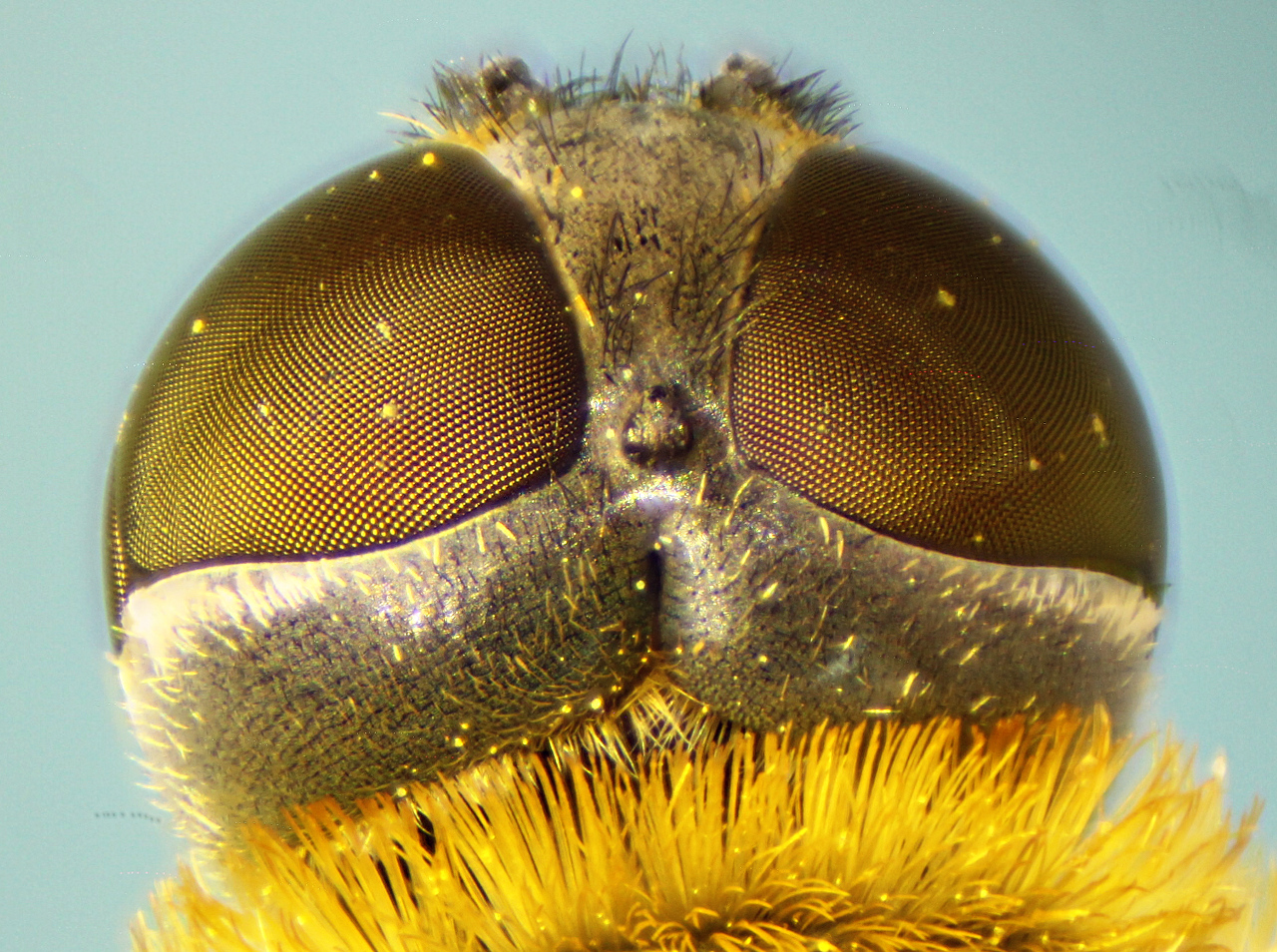
and cingulata rather than venusta because the darkening on the wing is largely restricted to the costal cell and is only weak and discontinuous elsewhere:
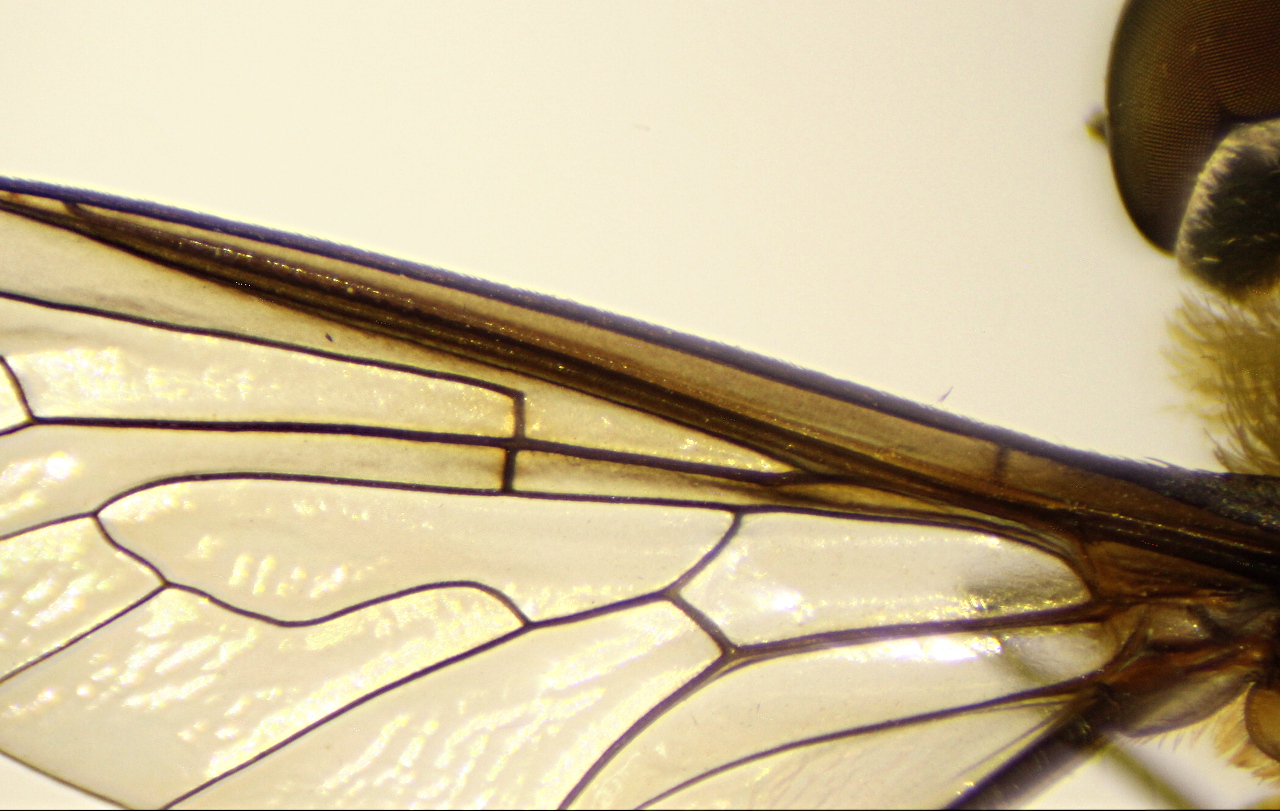
This is the first Villa sp I have ever come across. When I first caught it I assumed that it was an Eristalis sp hoverfly so let it go again. But then almost immediately it occurred to me that there was something odd about it (something about the way it held its wings out when it settled) so I chased after it and caught it again. Only then did I realise that it was probably a bee fly.
Specimen taken in The Wilderness, Whiteknights Park, Reading, UK on 2018-07-08. Identified using the key of Stubbs & Drake, 2001.
 Sat 2018-06-30
Sat 2018-06-30 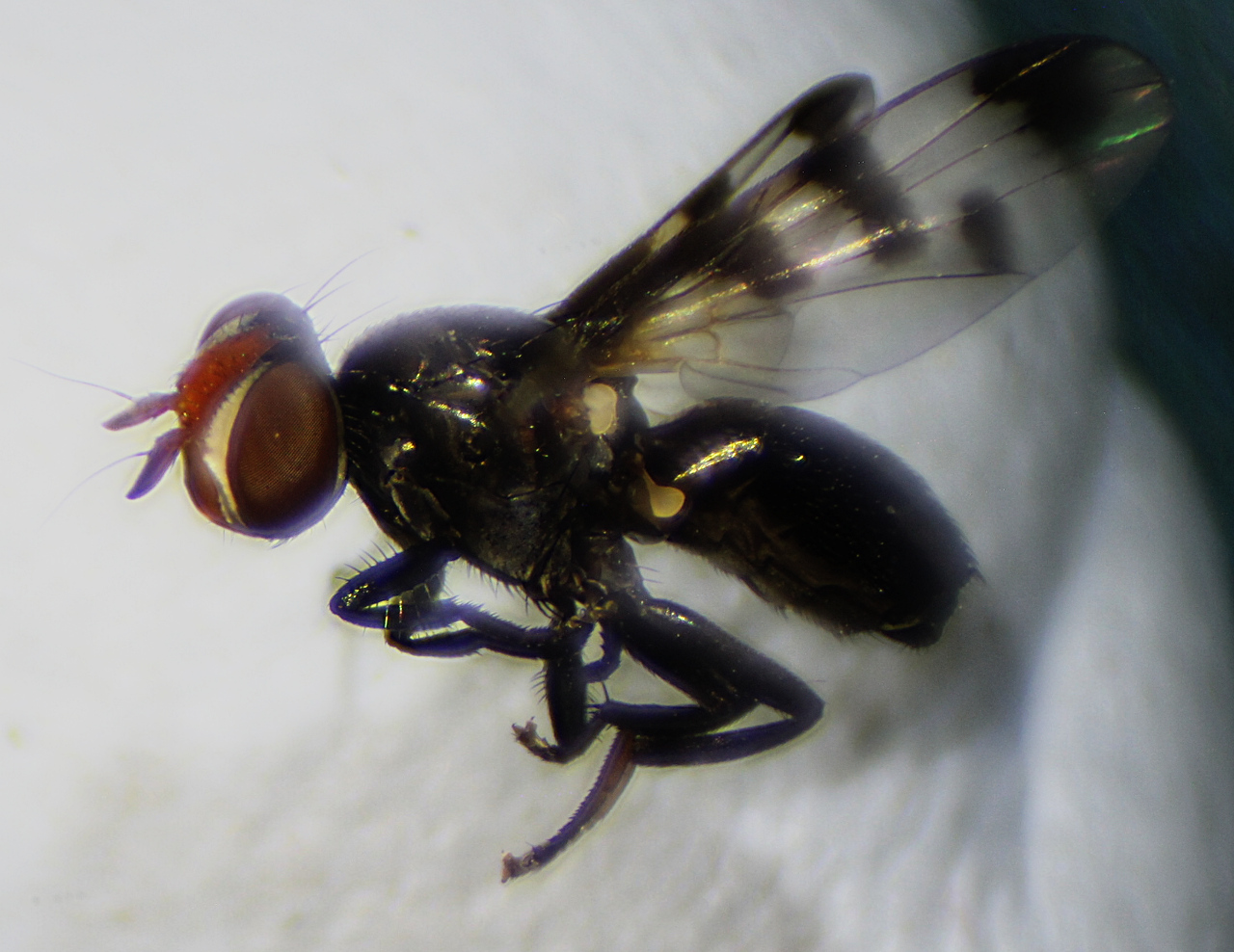
A male Herina lugubris (Diptera: Ulidiidae).
The frons is bright orange:
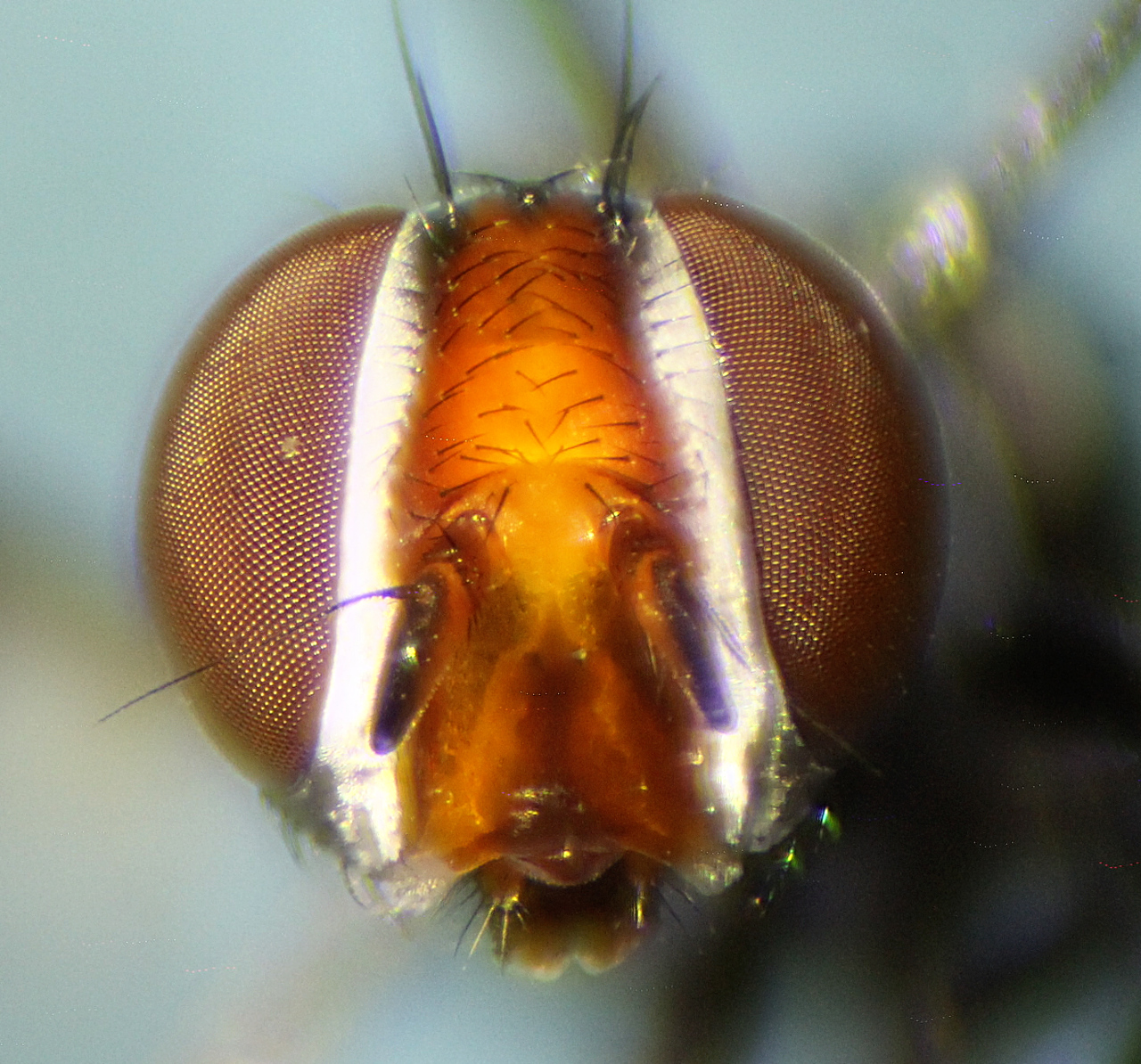
Specimen taken in Whiteknights Park, Reading, UK, on 2018-06-30. Identified using the key of Clements (1990).
 Fri 2018-06-29
Fri 2018-06-29 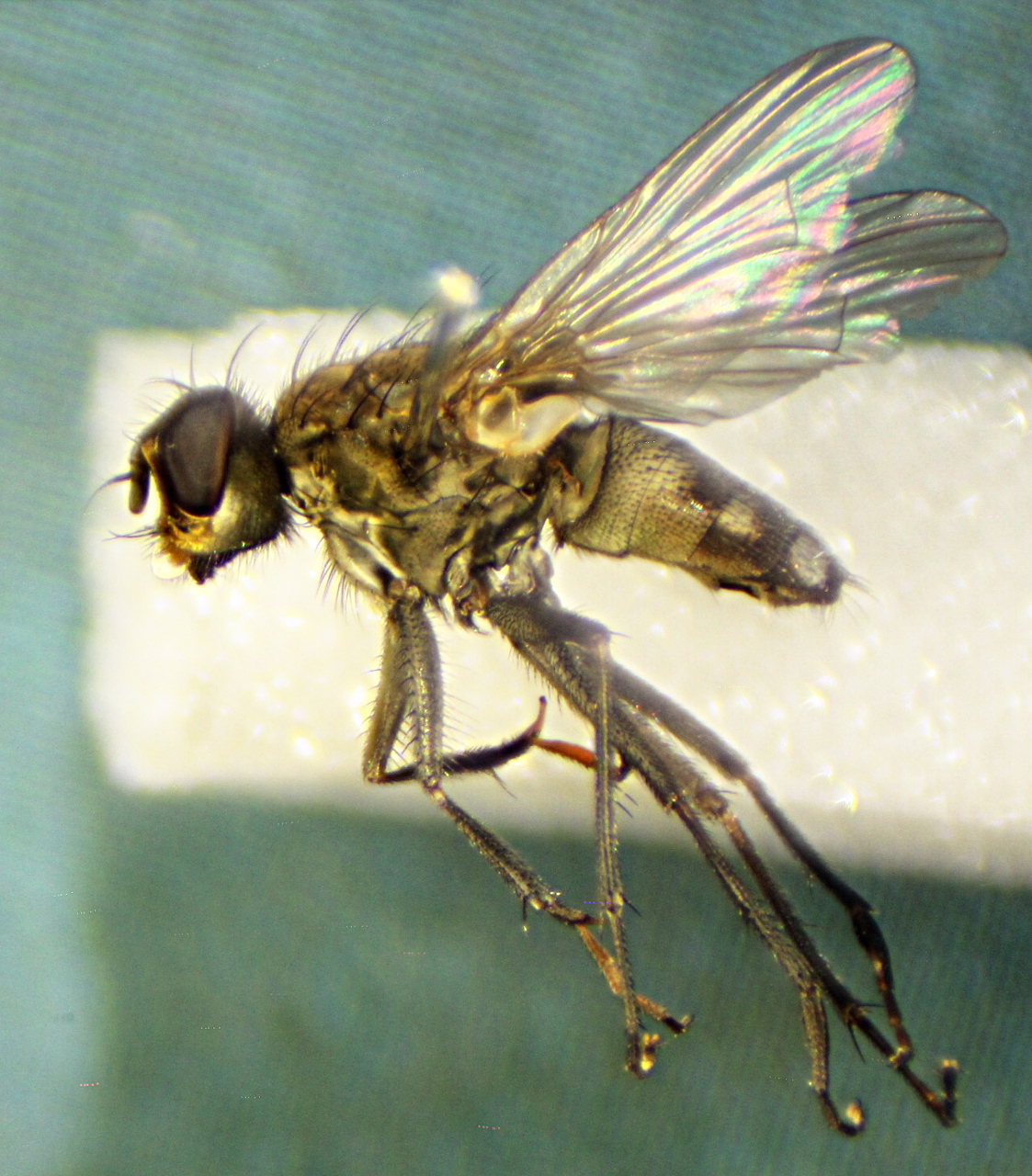
A male Lispe tentaculata (Diptera: Muscidae). Identified using the key of Fonseca (1968).
The the face is yellow and the palps are large and orange (though they appear white in the above image):
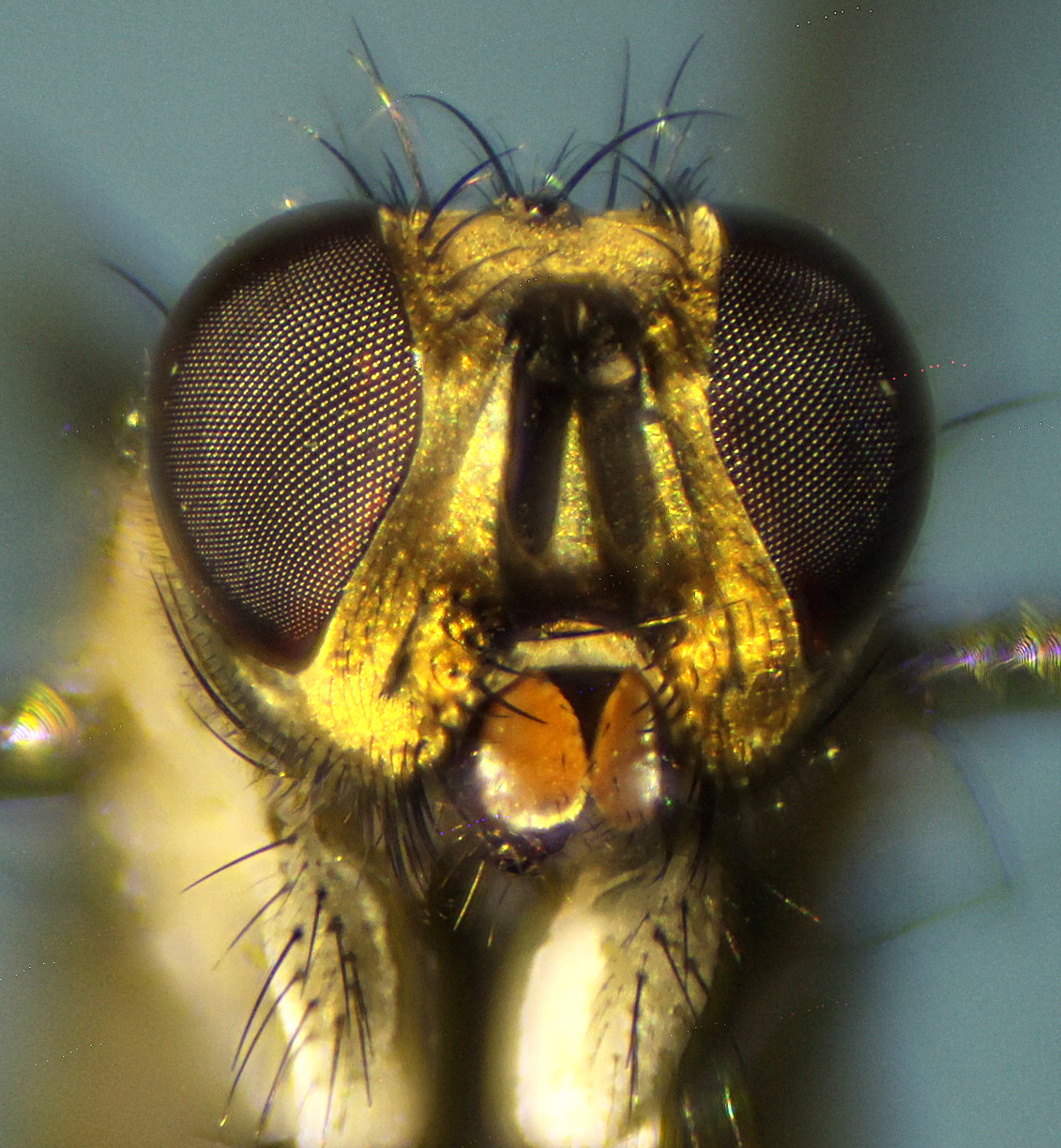
The main tarsus on each fore leg has a 'long finger-like process':
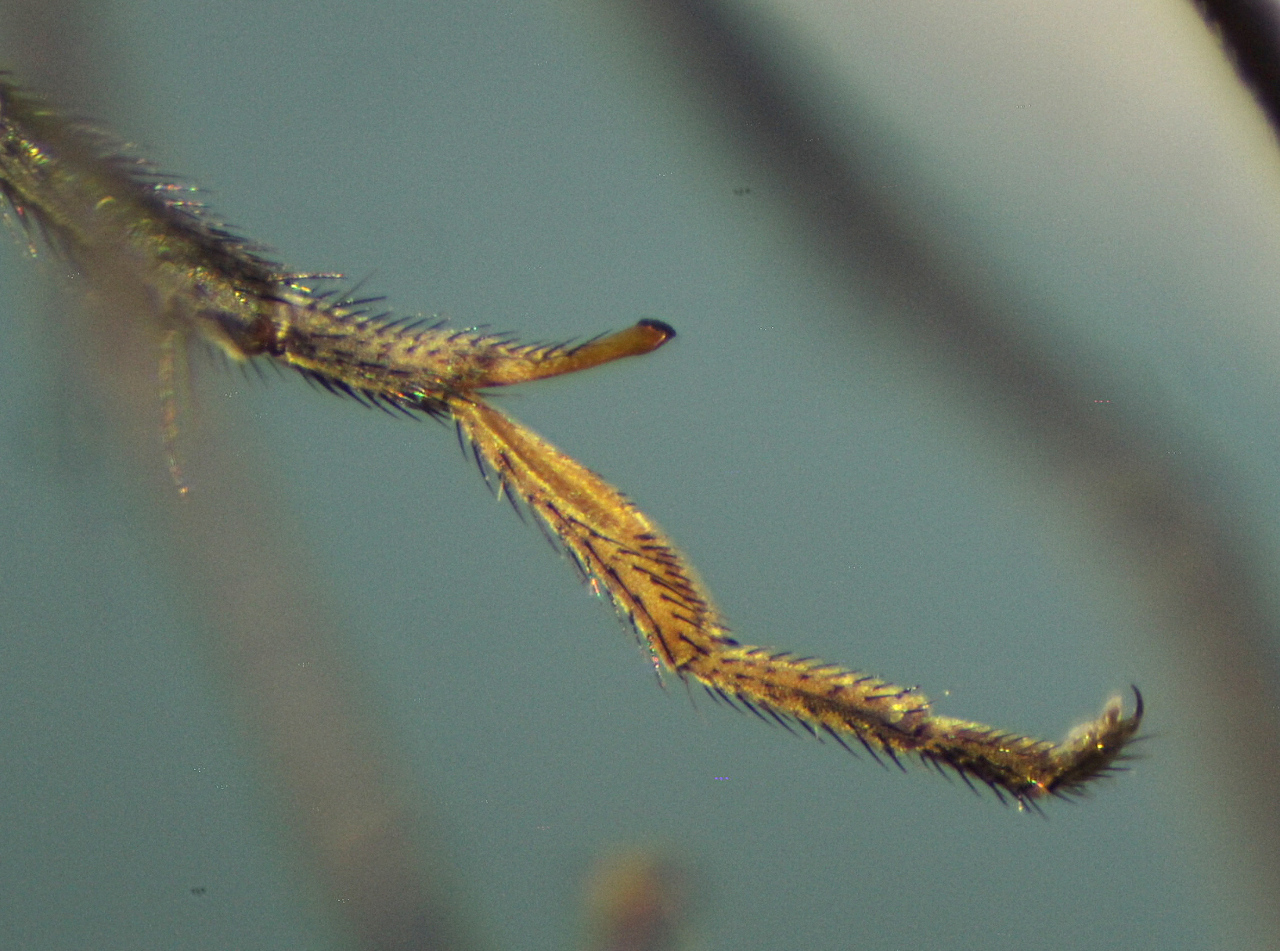
Normally these processes align parallel to the tarsus and do not stick out as much as this.
This was one of 4 specimens that I caught in Whiteknights Park on 2018-06-22.